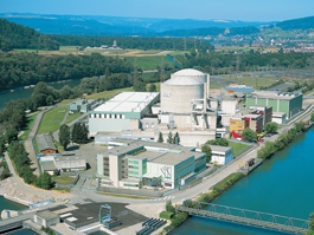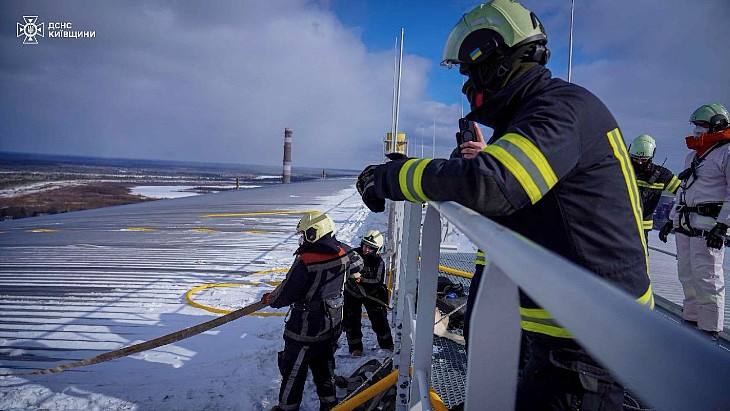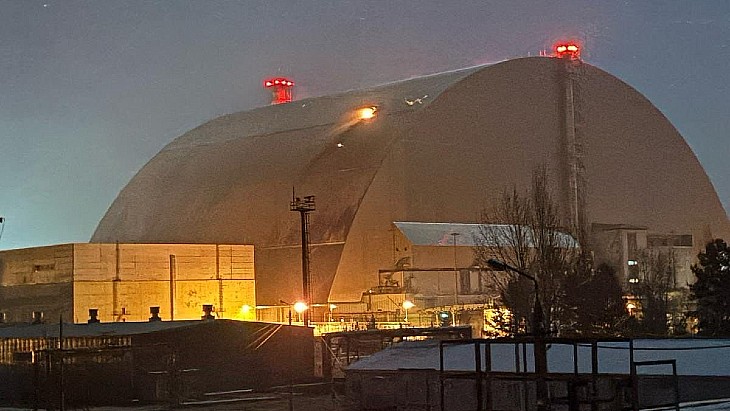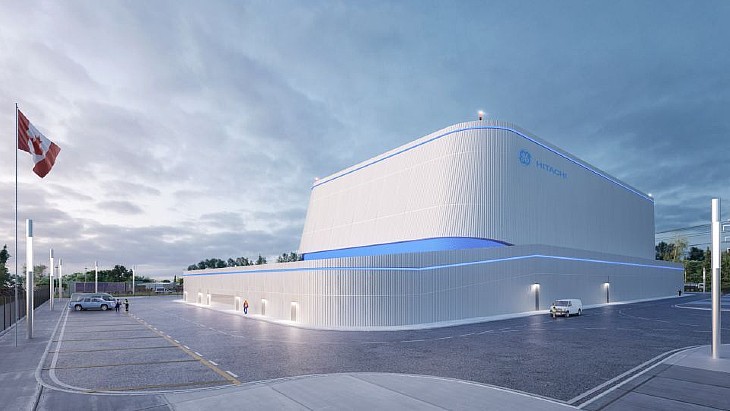Operators of Swiss nuclear power plants will have to improve instrumentation as well as earthquake and flooding resistance after a safety review. The changes may be made during operation, said the safety authority, as there is no immediate danger.
 |
| Beznau (Image: Axpo) |
Accordingly, ENSI ordered initial post-Fukushima safety reviews at the country's four operating nuclear power plants - Beznau, Gösgen, Leibstadt and Mühleberg. These focused on the measures in place to deal with a combination of earthquakes and related flooding.
While noting that "extreme events, comparable to the situation in Fukushima, occur very rarely in Switzerland," ENSI said, "the lessons we can draw from the events that occurred in Japan therefore do not fundamentally question the safety of nuclear power in our country, but provide important new information on opportunities to further improve safety." Swiss nuclear utilities gave their review input to ENSI, which said that it has identified weaknesses which "pose no immediate threat to the population and require no immediate shut down."
At the Gösgen and Leibstadt plants the improvements required are relatively simple: Displays to indicate the water level and temperature of the fuel pools need to be installed in emergency control rooms as well as the main control room. In addition, the displays in the main control room at Leibstadt needs to be made fault resistant.
According to ENSI, the earthquake-resistance of the fuel storage building at the two-unit Beznau plant "is in need of improvement," as the fuel pool is not sufficiently protected against earthquakes and flooding. It found that the emergency measures to restore cooling after quakes and flooding "are incomplete."
The safety inspector noted that at Mühleberg there was no alternative supply of water from the Aare River for the emergency cooling system. It also deemed that the cooling of the fuel pool at the plant is inadequately protected against earthquakes and flooding. In addition, the emergency measures to restore cooling in such events are incomplete.
Plant operators now have until 31 August to submit details of the measures they propose to take to address these issues. ENSI has also requested that they provide additional evidence for earthquake and flood protection of the fuel pools, as well as protection of the pools from hydrogen explosions. Operators will also submit evidence of the measures they have in place in case of severe flooding and strong earthquakes. By the end of June, they must give proof of their ability to cope with the worst flood likely to be experienced once in 10,000 years. And by the end of March next year the utilities are required to show that they could manage in the event of a once-in-10,000-years earthquake, including the possibility of failure at nearby dams during such a quake.
ENSI stated that the work to evaluate and implement any safety measures deemed necessary at Swiss plant "may take several years and can be made while the nuclear power plant is in operation."
Researched and written
by World Nuclear News









_96167_68292.jpg)

